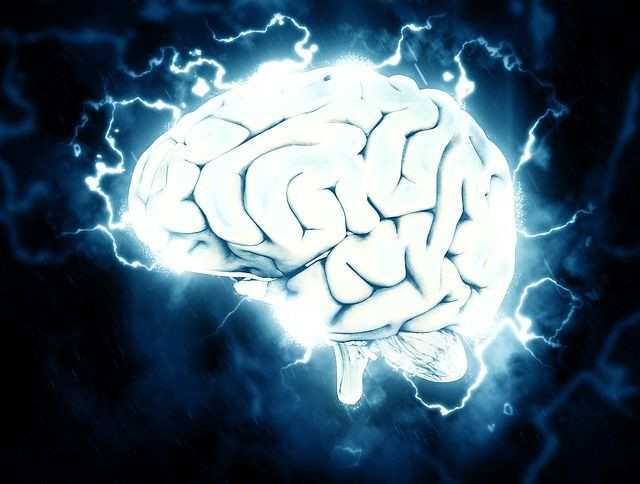Glioblastoma Multiforme Breakthrough: Scientists Figure Out The Cells Responsible For Seizures In Brain Cancer Patients

About 10 percent of patients with glioblastoma brain tumors, the most common, aggressive type, live for five years or longer, and less than half of patients with epilepsy caused by a brain tumor can be helped with existing medication. However, in a recent study, researchers found a surprising link between certain brain tumor cells and risk of epileptic seizures, a finding that could help us better understand how brain tumors form and how they can be treated.
The study, now published online in the journal Nature Neuroscience, focused mainly on a type of brain cell called astrocytes. These cells make up about 70 percent of brain cells, and 80 percent of tumors found in glioblastoma multiforme, the most aggressive and deadly form of brain cancer. Traditionally, astrocytes have been viewed as a single category of cells, but this new study revealed that they can actually be split up into five subgroups. What’s more, one particular astrocyte subgroup, subgroup C, expresses a significant number of genes linked to epilepsy and is very likely to be involved with seizures in mice with brain tumors.
Read: Childhood Cancer Survivors May Have Less Sex And Fewer Partners; Here's Why
"Taken all together, the evidence from the mouse model of glioblastoma indicates that as the tumor evolves, different subpopulations of astrocyte-like cells develop within the tumor and execute distinct functions that are related to two important tumor characteristics, synaptic imbalance that can lead to seizures, and tumor migration that can lead to tumor invasion of other tissues," lead study author Dr. Benjamin Deneen said in a recent statement.
According to the American Brain Tumor Association, glioblastoma brain tumors are especially cancerous because the cells reproduce very quickly and spread quickly. This form of cancer is also difficult to treat, and is usually addressed through a combination of both radiation and chemotherapy to slow tumor growth.
These findings regarding the role of astrocytes are important because the majority of brain tumor patients who suffer from seizures due to their condition cannot be treated with current medicine. Knowing the cells directly involved in seizures in brain tumor patients may help researchers better develop treatments to fight them.
“These studies would be a major advance in patient care, allowing clinicians to bypass precious months spent searching for effective therapy to stop seizures,” added Deneen. “Because seizures themselves damage brain tissue, timely effective therapy is of the essence."
Source: Lin CCJ, Yu K, Hatcher A, et al. Identification of diverse astrocyte populations and their malignant analogs. Nature Neuroscience. 2017
See Also:
Cancer Treatment: Doctors Stop Deadly Tumors By Dripping Cells Into Man’s Brain
'Untreatable' Brain Cancer Tumor Stabilized With Malaria Drug
Published by Medicaldaily.com



























